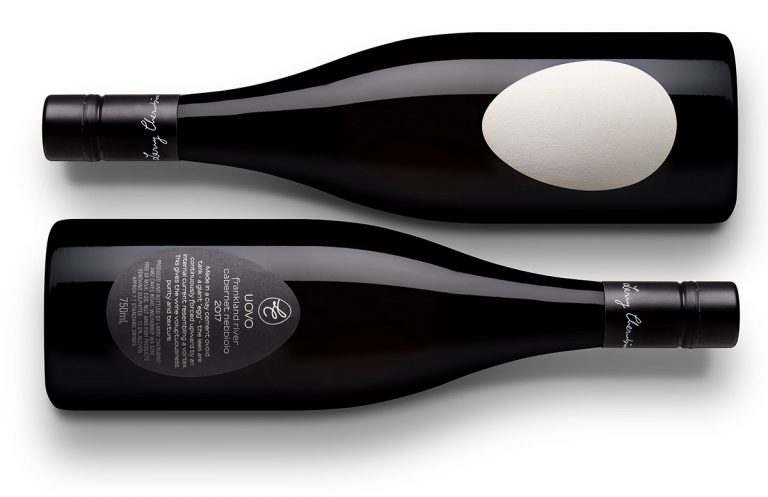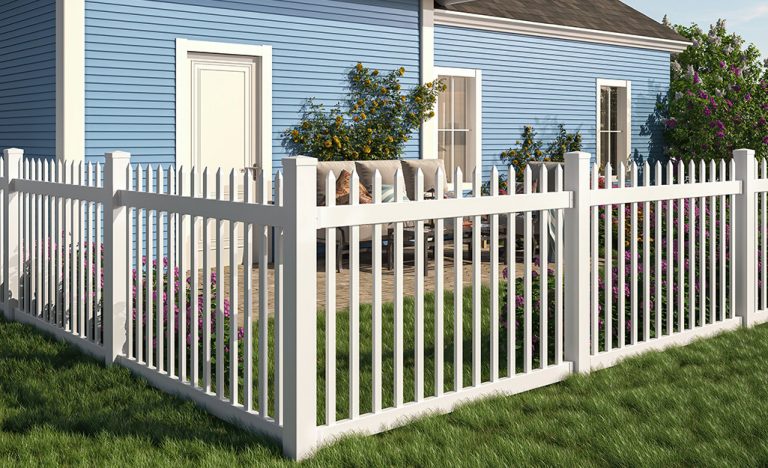You might be thinking why you should opt for sandstone tile flooring for your outdoor space. Is sandstone a good choice for paving your patio or walkway?
Whenever it comes to selecting a flooring material for an outdoor space, most of us prefer to look for natural options. There are many attractive natural stone options available on the market, ranging from granite, slate, limestone, to sandstone.
Whether it is a patio, a deck, a poolside surface, outdoor steps, or driveways, among the many attractive stone varieties, sandstone is one of the most popular. It has been the favorite chosen from ancient times because of the numerous qualities that this building material possesses.
Even in the modern era, the demand for sandstone flooring is increasing tremendously. Being so versatile to use as well as hard wearing and durable, sandstone is definitely a great choice for outdoor flooring.
The reason for the aesthetic qualities of sandstone is its chemical composition. Basically, it is a type of sedimentary rock that is composed of small minerals like quartz and cementing ingredients, for example, silica, iron oxide, and rock grains.
It typically has a rough and grainy texture that looks like sandpaper. However, to truly identify this natural stone, you would have to examine its surface closely and look for individual grains of sand.
If you’re still not convinced that sandstone can be a good option for the floor in your yard, keep reading! I will go into detail about the different features of this stone that make it a better choice compared to other outdoor flooring options available on the market today.
Sandstone Appearance And Décor
Versatility in nature is one of the main features of this beautiful stone. The sandstone lets you create a fantastic paving surface that’s suitable for any type of property. Its smooth, wood-like, and natural-finish texture, makes it a superb choice for your outdoor floors.
There is a wide range of finishes and color options available in sandstone that will allow you to have the perfect match for almost any backyard style, landscape design, or requirement.
A variety of colors with different qualities made it the most preferred natural stone for decorating the outdoor floor. You can choose from many different colors and shades of sandstone, such as creamy, gray, black, deep brown, pink, red, purple, orange, tan, white, green, yellow, and more…
It will also maintain its original color for a good amount of time. Since sandstone is a naturally occurring material, every single piece is entirely different and unique in terms of its patterns, colors, and hues.
Sandstone not only allows you to obtain the color of your taste, but also helps to protect the surface from changing climatic conditions, as I discuss below.
Apart from being available in different colors, it comes in various styles, shapes, sizes, and patterns to be used for paving. You can easily get sandstone tiles that are customized, ones that will perfectly complement your outdoor space décor.

Is Sandstone Environmentally Friendly?
This natural stone is known to be a very environmentally friendly building material.
It is not harmful to the environment as it produces almost no chemical waste because no chemicals are being used in the processing or production of the stone. All the water used in the production is being recycled and reused.
Compared to brick or concrete, sandstone has a fairly low carbon footprint as only a small amount of energy is required for its manufacture. This natural stone is an excellent flooring material for a sustainable lifestyle.
Sandstone is very easy to recycle, and is often recovered from quarries and closed construction sites.
Additionally, according to research, sandstone is not considered toxic or a health hazard to people. The stone, however, can produce small dust particles that might contain respirable crystalline silica. This could irritate your throat, nose, and respiratory tract when inhaled in excess. Also, direct contact with dust may cause eye irritation.
So, if you’re looking for a sustainable, eco-friendly, and practically non-toxic choice for your flooring, sandstone is your thing!
Is Sandstone Durable? Does It Crack, Deteriorate, Or Stain Easily?
DURABILITY
Sandstone tiles are very durable, hard-wearing, and much more long-lasting than most alternative, artificially made flooring materials.
Naturally, it is extracted from the cores of the mountains. Even though sandstone tile is not as strong as slate or granite, your paving can definitely last for 20 or more years with proper maintenance.
If you use sandstone paving for your driveway, know that it will be safe and will not get damaged by cars driving over the top for many years to come.
Sandstone tiles will also add an extra appeal to your outdoor steps. You can have solid and durable stairs that won’t warp if you use this natural stone in your yard.
As it is a very hard material, especially silica cemented sandstone, it will not break easily. However, note that calcite, clay, and gypsum cemented sandstones are prone to acidic dissolution and can erode more easily.
STAINING AND WATER ABSORPTION
Compared to other natural stones, the water absorption rate of sandstone is very high. This is because it is permeable, in other words, porous, which means that it will allow some moisture to pass through its surface. So being a fine-grained and porous rock, sandstone has the capability to absorb and hold water or other fluids.
This characteristic makes it susceptible to oversaturation, as water will not drain through efficiently, which eventually can result in frost damage. The paving can also be vulnerable to damage where mold and bacteria can cause permanent stains deep within the stone.
As its porous surface can soak up liquids, it can get stained quickly if not properly cleaned. The stains, however, should fade over time when water or rain washes them away.
On the other hand, deep brown colors of sandstone have the quality of iron oxide that permits it to hide various stains and marks.
WEATHERING
The stone is highly resistant to weathering and can withstand almost all weather conditions without any apparent effect.
In the case of exterior surfaces, sandstone has the quality to blend with different climatic conditions, which makes it an ideal choice for outdoor flooring.
Whether it’s a sweaty summer or cold winter days, this stone has the ability to equally balance with the environmental changes caused by high and low temperatures. That is why sandstones are in great demand in hot and cold climates for home and yard design.
The light-colored and creamy sandstone is highly resistant to salt. So if you live near the beach, these sandstone shades are the finest choice.
CRACKING AND HEAT RESISTANCE
Typically, a sandstone floor is not very likely to crack, split, or get bits peeling off it.
However, exposure to water and freezing temperatures can cause the stone to crack. Thus, rain during the day, followed by extreme cold at night is most likely to result in tile surface cracking of the surface due to seepage of moisture and freezing of the water. The rainwater will expand when frozen, causing the stone to fracture.
In addition, lichens or other growths can also cause damage to sandstone tiles due to the chemicals these plants produce. Multiple small holes can form and the flooring will eventually crack.
Sandstone can withstand heat, it is not flammable, and is resistant to fire. Saying that, as any other stone, it will warm up if it’s directly exposed to the sun on a really hot day. But it will not crack under the heat of the sun.
Since it is fireproof, dense, thick, and has a high thermal absorption and retention capacity, it can even be used in fireplaces and stoves and will not get damaged.

Is Sandstone Floor Slippery When Wet?
What makes sandstone one of the most commonly used stones for landscaping is the fact that it has a high degree of slip resistance, especially when combined with a suitable finish.
It has unique non-slip properties, so you won’t be falling over on a wet, slippery surface. Sandstone tiles will not be slippery when wet and flooded with rain or snow, as long as you help maintain them.
If you are looking for a non-slippery floor surface, you should particularly opt for red sandstones.
Are Sandstone Tiles Hard To Maintain? How Do You Clean Outdoor Sandstone Floors?
If your sandstone paving has not been installed properly and is poorly cared for and maintained, it won’t last too long, probably only up to 10 years. Also, if you use inappropriate cleaning techniques, it will quickly deteriorate and the changes to its appearance may be permanent.
Remember that this stone type requires regular upkeep. Also, stains and spills must be removed right away to keep the original color and quality of the stone.
Thankfully, sandstone flooring is not hard to care for and maintain! Cleaning outdoor sandstone surfaces is straightforward and effortless.
Simply wash it down with warm water and dish soap to cleanse it well and remove everyday grime as well as rust stains. Apply a small amount of soap to a wet sponge or cloth and wipe the surface with it. Rinse off residues thoroughly with clean water. Otherwise, just plain water should do the job.
Cleaning with soapy water will also help keep your sandstone shiny and prevent it from turning green, if done on a regular basis.
Can You Use Bleach On Sandstone?
You can also use a diluted bleach mixture on sandstone to deal with tougher stains or moss and algae. For this, mix equal parts of water and bleach. Then pour it onto the stained surface and leave it for about half an hour. Finally, make sure to wash off all the bleach with a hose or even a stiff brush.
It is, however, not recommended to use a pressure or power washer on your sandstone tiles due to the sensitivity and porous nature of the stone. The strong, direct blast of water may damage the tiles.
Bleach is also the best option in case you need to get rid of black mold from your sandstone floor. To attack the mold stain, mix 1 cup of bleach with about 15 cups of water. Pour the mixture into a spray bottle, concentrate the spray, and let it sit for 10 to 15 minutes. Use a scrubbing brush to remove the mold.
TIP
Do not apply chlorine bleach to rust stains! Not only will bleach not remove rust but it can react with the rust and cause discoloration of the stone. Plain soapy water should be enough to dissolve the rust.
There is no need to seal the sandstone, but it’s your choice. And if you prefer it to look flawless, it’s possible to use only products to preserve it, instead of sealing it.
It is best if exterior sandstone tiles are coated with a sealer that’s specially formulated to use on natural stone floors. The sealer keeps the sandstone tiles from flaking and prevents liquids from getting deep into the surface of the stone.
To Conclude,
When it comes to outdoor flooring, there are many things you should pay attention to. It is not just about its style and appearance, the floor has to be long-lasting. It’s very important that the surface of your floor remains as graceful as your landscaping for a long time.
The above-mentioned features of sandstone make it stand out from other natural stone options. Thus, when looking to buy outdoor floor tiles, sandstone is the perfect match that will suit your taste and style statement with ease.
The post Is Sandstone Good For Outdoor Flooring? appeared first on Marina View Homes.









